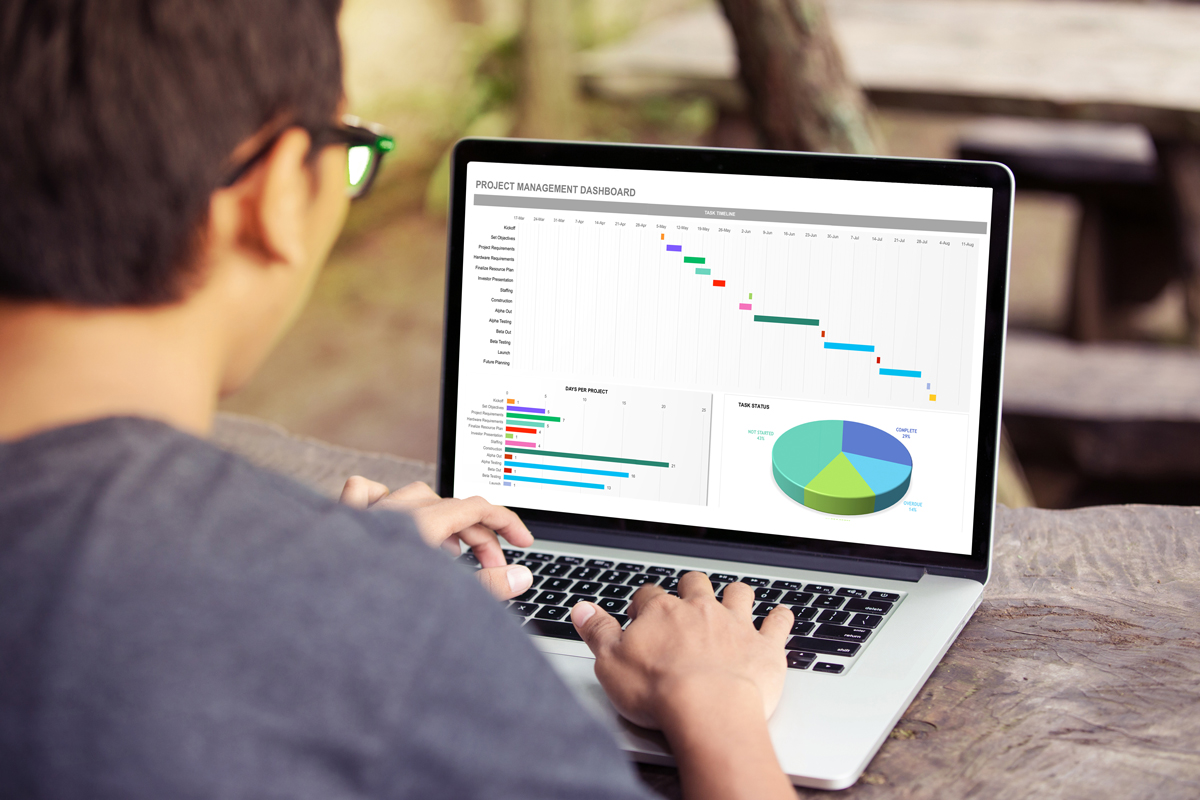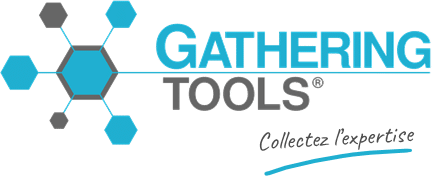In the field of data collection and management, Gathering Tools offers to capitalise on existing processes, often developed by the business lines themselves. This is an opportunity for IT departments to strengthen data reliability within organisations without imposing changes in habits.
This is characteristic of digital transformation: the arrival of new tools leads to changes in habits, and even resistance or workarounds. And even with good support, change can sometimes be painful, requiring extensive training or lengthy transition periods.
Agility or forced march?
 But agility can be achieved in ways other than forced change. Some processes can be automated or made more reliable without destabilising users. The Gathering Tools solution applies this principle. It secures business data collection flows based on spreadsheets without having to redesign them. By deploying it, the IT department improves data quality through an operation of no change. This is enough to restore a sometimes tarnished reputation.
But agility can be achieved in ways other than forced change. Some processes can be automated or made more reliable without destabilising users. The Gathering Tools solution applies this principle. It secures business data collection flows based on spreadsheets without having to redesign them. By deploying it, the IT department improves data quality through an operation of no change. This is enough to restore a sometimes tarnished reputation.
The downsides of business software
In large groups and mid-sized companies, it is common for certain managers to design and manage massive data consolidation campaigns, often to compensate for the shortcomings of business software. Examples abound: multi-country management of compensation and benefits, collection of variables for calculating commissions/bonuses or CSR environmental data, budget planning, multi-site cash flow forecasting, etc.
This data collection is based on spreadsheet files, completed or exchanged with employees from different entities, who are the source of the information. This comes with certain imperfections: no data format control, follow-ups required in the event of non-response, files with little or poor security, etc.
Strengthening existing collection methods

The Gathering Tools solution structures these data feedback flows without distorting them. The workflow is automated with controlled access profiles: manager, validator, respondent. Spreadsheet files, converted into input forms, retain the same look and feel, calculation formulas are preserved, and information is secured and consolidated in databases.
The solution respects the existing system: it capitalises on developments already made. The specific expertise – HR, CSR, finance, management – previously used by business managers in organising their data collection is perpetuated. This has several additional benefits: information reporting campaigns are easier to administer, faster to execute and the data is more reliable.
Maintaining a familiar environment

For respondents, who are responsible for entering data from their subsidiaries or departments, the adaptation requires no particular effort. The forms are very similar to the spreadsheets used previously. They are easy to use right away. Better still, data entry becomes more intuitive and less erratic, as it is guided by consistency checks and interactions with the manager.
Beyond user comfort, the benefits can be measured in terms of ‘no change’. Data collection often involves several hundred respondents. Being able to secure the process without disrupting practices avoids having to train a large number of employees on a new tool or undertake major transition programmes.
Better quality data
With Gathering Tools, IT departments have the opportunity to structure existing data collection processes. They capitalise on an asset – existing campaigns – which are sometimes very sophisticated and based on spreadsheets. They also respect existing practices by offering a smooth transition.
Ultimately, the organisation as a whole benefits from better quality data to feed its indicators and reporting, and to manage its activity and performance. The expected benefits – automation, security, data reliability – are therefore not achieved at the expense of users. This shows that digital transformation – in this case, data valorisation – does not always mean disruption.










